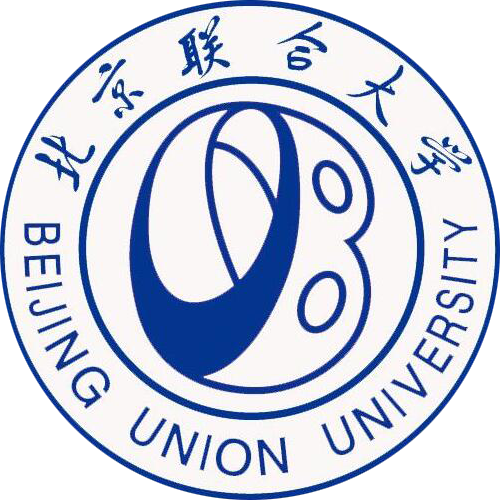详细信息
宗教型遗产地旅游商业化的演化过程及机制——以嵩山少林寺为例
Evolution characteristics and mechanism of tourism commercialization development in a religious heritage site:A case study of Shaolin Temple Scenic Area
文献类型:期刊文献
中文题名:宗教型遗产地旅游商业化的演化过程及机制——以嵩山少林寺为例
英文题名:Evolution characteristics and mechanism of tourism commercialization development in a religious heritage site:A case study of Shaolin Temple Scenic Area
作者:刘爱利[1];涂琼华[1];刘敏[2];刘福承[1]
第一作者:刘爱利
机构:[1]首都师范大学资源环境与旅游学院;[2]北京联合大学旅游学院
第一机构:首都师范大学资源环境与旅游学院,北京100048
年份:2015
卷号:34
期号:9
起止页码:1781-1794
中文期刊名:地理研究
外文期刊名:Geographical Research
收录:CSTPCD;;北大核心:【北大核心2014】;CSCD:【CSCD2015_2016】;CSSCI:【CSSCI2014_2016】;
基金:国家自然科学基金项目(41401156);中国国家旅游局规划重点项目(13TACK004);北京市教委科技计划面上项目(KM201310028013);北京市社会科学与自然科学协同创新基地项目(2013SZJD005)
语种:中文
中文关键词:宗教型遗产地;旅游商业化;演化过程;形成机制;嵩山少林寺
外文关键词:religious heritage site; tourism commercialization; evolution; mechanism; Shaolin Temple of Song Mountain
摘要:遗产地旅游开发中的商业化现象越来越普遍,成为遗产保护与旅游实践中亟待解决的关键问题。尤其是具有特殊文化意义的宗教型遗产地,其旅游开发的商业化既影响了遗产资源的保护与可持续发展,也对游客的旅游体验产生了消极影响。在对相关研究进行总结回顾的基础上,选取嵩山少林寺为典型案例,从商业化阶段、产业链形态、旅游景观变迁、旅游世俗化影响等方面,对商业化的演化过程进行刻画与解读;通过利益相关者的视角,对商业化的形成机制进行分析和总结。提出的旅游商业化演化过程和形成机制的研究视角,对客观认知中国宗教型遗产地的商业化开发状态,指导宗教型遗产地的可持续发展,具有重要的现实作用。
Commercialization has become a common phenomenon in the tourism development process of world heritage sites, which remains to be solved in heritage protection and tourism development in practice; especially for the religious cultural heritage sites with special cultural significance, the development of tourism commercialization not only affects the protection of heritage resources and sustainable development, but also brings negative impacts to tourists' experience. In the theoretical research, the tourism commercialization of ancient towns and ancient villages have been paid special attention while other categories of destinations such as religious cultural heritage sites have aroused little concern. In the research content, the analysis of evolution process of tourism commercialization also lacks a comprehensive and systematic perspective. Based on the review of relevant researches of tourism commercialization, taking Shaolin Temple Scenic Area as a study case, this paper firstly analyzed the evolution of tourism commercialization of the religious heritage site from four perspectives: commercialization stages, cultivation and expansion of industrial chains, tourism landscape transformation and impacts brought by religion secularization, and then examined the mechanism of tourism commercialization of Shaolin Temple Scenic Area from the perspective of stakeholders. The main conclusions of the paper include:(1) The tourism commercialization of Shaolin Temple could be divided into six stages, that is, pre- commercialization stage, preparation commercialization stage, primary commercialization stage, grown-up commercialization stage,development commercialization stage and mature commercialization stage. Seen from the perspective of tourism creative destruction model of Mitchell, the commercialization of Shaolin Temple has been in the post- destruction stage.(2) Seen from the perspective of industry economics, the process of tourism commercialization is the cultivation of industrial chains,which help further the extent of commercialization with the expansion of different industries.(3) Seen from the perspective of semiotics, the process of tourism commercialization is the landscape transformation from original landscape signals to tourism landscape signals.(4) Seen from the perspective of religion secularization, the tourism commercialization is part of the process of religion secularization in religious heritage sites, in which the religious function fades out and the religion constantly adapts to the secular society.(5) The formation of tourism commercialization of Shaolin Temple is affected and restricted by many stakeholders, including the government of Dengfeng City and Songshan Management Committee.
参考文献:
![]() 正在载入数据...
正在载入数据...


